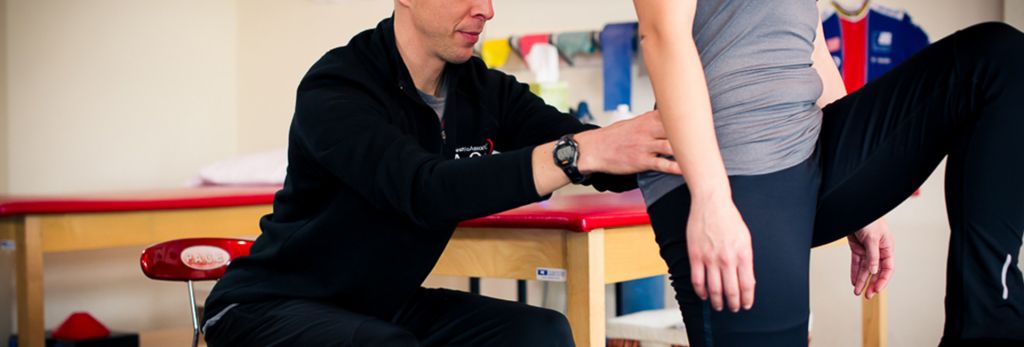Tailbone pain, also known as coccydynia, can greatly impact the quality of life. It often causes people to limit their time sitting or to refrain from recreational activities. This can impact social interaction, interrupt travel plans, and affect relationships.
There can be multiple causes for coccydynia and although it may be important to discuss your pain with your medical provider or physical therapist, there may be some things that you can do at home to improve your symptoms.
Coccydynia is most noticeable when sitting or rising from sitting and is often relieved with standing.
If pain persists while standing or worsens with activity it may be an associated problem of the sacroiliac joint, pelvic girdle, or lower back. In this case, it would be important to seek further medical evaluation for appropriate treatment.

In the case of painful sitting, posture can highly impact the forces applied to the tailbone or coccyx. When sitting with your pelvis rocked backward, most of the weight bearing is on the tailbone.
Conversely, when the pelvis is rocked forward, and the body weight is applied to the sit bones there is less compression on the coccyx therefore decreasing pain. This can be an important concept when sitting at work, driving, or riding a bike.
Other ways to decrease pressure on the tailbone is with the use of donut pillows or cushions when sitting for long periods of time. This will allow for the painful tissue to become less sensitive over time.
It is also important to consider that the coccyx is a very important anchor for multiple muscle attachments and therefore strengthening of the core, hamstrings, and glutes can help to give the coccyx stability. Exercises may include bridges, clam shells, resisted side steps, hamstring curls while laying on your stomach, and side planks from your knees.
However, muscle tightness or trigger points of these muscles and the pelvic floor can also cause pain. Therefore piriformis, adductor, and hamstring stretching can be helpful.
These may all be safe things to try at home to relieve tailbone pain but ultimately, it may be important to consult your physical therapist to identify the appropriate treatment for you.

Let us help you get to the bottom of your pain.
Though coccydynia usually resolves over weeks to months with supportive care, it is sometimes protracted and debilitating. To speed up the recovery period, seek care from your local physical therapist.

